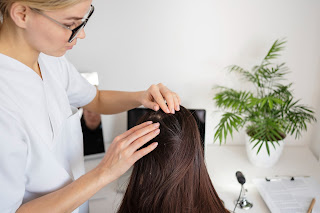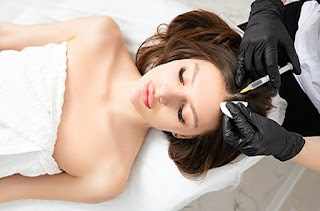Is a hair transplant possible for females at the age of 46?
Hair loss is a common concern that affects people of various ages and genders. For many individuals, especially women, experiencing hair thinning or balding can be a distressing issue. One question that arises is whether a female hair transplant is a viable solution, particularly for females who are 46 years old or older. In this comprehensive guide, we will delve into the feasibility and considerations surrounding hair transplants for women in their mid-40s and beyond.
Understanding Female Hair Loss
Before delving into the specifics of hair transplants, it's crucial to grasp the underlying causes of hair loss in women. Unlike men, female pattern hair loss tends to be diffuse, meaning it occurs all over the scalp rather than in specific areas. This can be attributed to a variety of factors including hormonal imbalances, genetics, and certain medical conditions.
Assessing Candidacy for Hair Transplants
Age is not the sole determining factor when considering a hair transplant for females. Instead, other crucial aspects must be taken into account. These include the overall health of the individual, the extent of hair loss, and the availability of sufficient donor hair.
The Role of Hormones
Hormonal changes play a significant role in female hair loss, particularly as women age. Fluctuations in hormone levels, such as those experienced during menopause, can contribute to thinning hair. It's important to consult with a medical professional who specializes in hair restoration to evaluate whether hormonal factors may be influencing the hair loss.
Understanding the Hair Transplant Procedure
A hair transplant involves the extraction of hair follicles from a donor area, typically the back or sides of the head, and their transplantation to areas experiencing hair loss. This procedure has evolved significantly over the years, with advancements in techniques such as Follicular Unit Transplantation (FUT) and Follicular Unit Extraction (FUE).
Considerations for Older Patients
For females in their mid-40s and beyond, it's essential to be aware of potential age-related factors that could affect the success of a hair transplant. Skin elasticity and wound healing may not be as robust as in younger individuals, which may influence the outcome of the procedure. A skilled surgeon will take these factors into consideration when planning the transplant.
Realistic Expectations
While a hair transplant can yield remarkable results, it's vital to maintain realistic expectations. Achieving full density may require multiple sessions, and individual results can vary. Consulting with an experienced hair restoration specialist will provide a clearer understanding of what can be realistically achieved.
Post-Transplant Care
Proper post-transplant care is paramount to ensure the best possible outcome. This may include gentle cleansing of the recipient area, avoiding direct sun exposure, and following any specific instructions provided by the surgeon.
Conclusion
In summary, a hair transplant can indeed be a viable option for females at the age of 46 and older who are experiencing hair loss. However, it's crucial to approach the procedure with realistic expectations and to consult with a skilled and experienced hair restoration surgeon. By considering all relevant factors, individuals can make informed decisions about their hair restoration journey.




Comments
Post a Comment